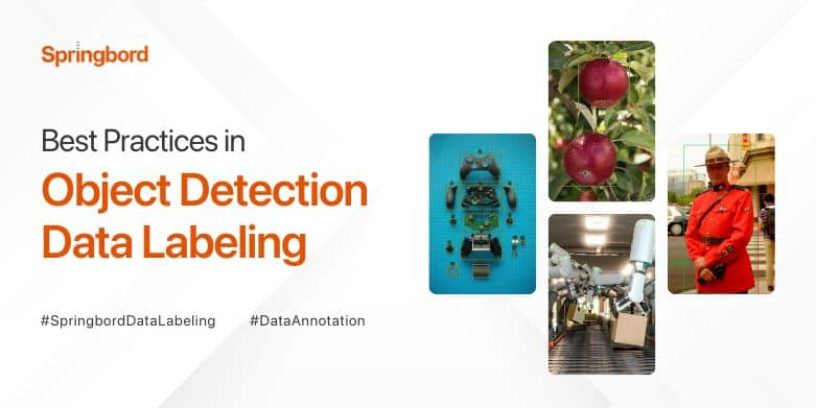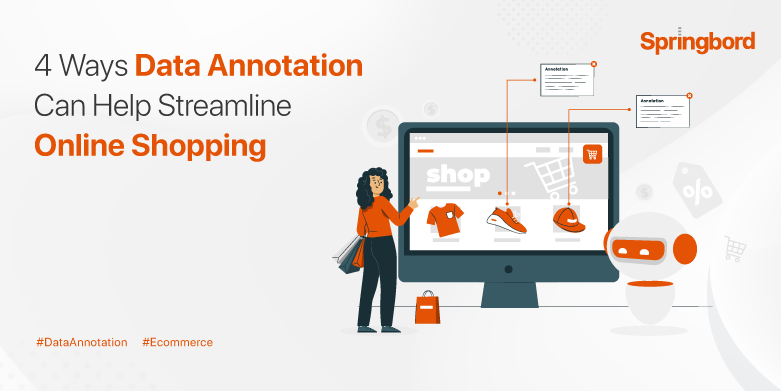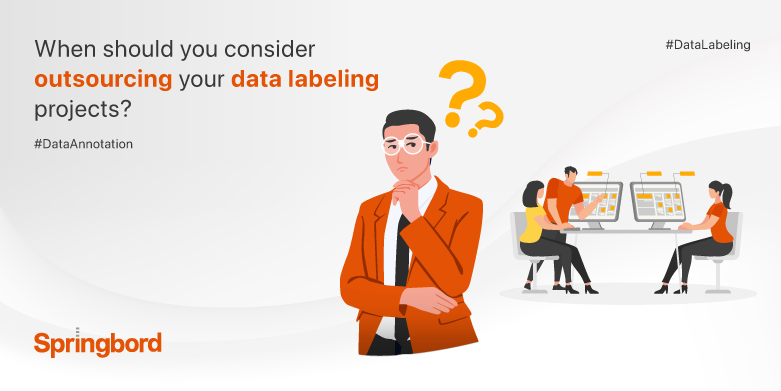 Read time 3 min
Read time 3 minData labeling is a crucial step in the process of building object detection models. Accurate labeling of training data is essential for the model to learn how to identify and locate objects within an image.
However, data labeling can be a challenging task that requires careful consideration and attention to detail.
In this blog post, we will discuss the best practices of data labeling for object detection models.
1. Define the Scope and Requirements of the Project
The first step in data labeling is to define the scope and requirements of the project.
This involves determining the types of objects to be detected, the number of images required for training and validation, and the labeling guidelines. It is important to establish clear guidelines for the labeling process to ensure consistency and accuracy across all labeled data.
2. Select an Appropriate Annotation Tool
Selecting an appropriate annotation tool is critical for data labeling. There are many annotation tools available, ranging from open-source software to commercial tools.
It is important to select a tool that is easy to use, provides accurate labeling, and supports the annotation of the required object types.
3. Establish Quality Control Measures
Establishing quality control measures is crucial to ensure the accuracy and consistency of the labeled data. Quality control measures can include using multiple annotators to label the same data and comparing the results for consistency.
It is also important to have a process for reviewing and correcting errors in the labeled data.
4. Use Consistent Labeling Guidelines
Using consistent labeling guidelines is essential for ensuring that the model learns to recognize objects accurately.
The labeling guidelines should be clear and concise, and all annotators should be trained on them. It is also important to have a process for updating the labeling guidelines as necessary.
5. Label Sufficient Data
Labeling sufficient data is critical for training accurate object detection models. The amount of labeled data required will depend on the complexity of the objects to be detected and the variability of the data.
It is important to ensure that the labeled data is representative of the data that the model will be applied to.
6. Continuously Improve the Labeled Data
Data labeling is an iterative process, and it is important to continuously improve the labeled data. This can involve reviewing and correcting errors in the labeled data, adding new labeled data to the training set, and updating the labeling guidelines as necessary.
Continuous improvement of the labeled data will lead to better performance of the object detection model.
7. Ensure Consistency Across Annotators
It is important to ensure consistency across all annotators to avoid discrepancies in the labeled data. Different annotators may have different interpretations of the labeling guidelines or may have different levels of experience with the annotation tool.
Therefore, it is crucial to provide proper training and supervision to all annotators and to monitor their performance regularly.
8. Consider Labeling Difficult Objects
Difficult objects, such as objects with occlusions, deformations, or partial visibility, can be challenging to label accurately.
However, these objects are often the most important ones to detect in real-world scenarios. Therefore, it is essential to include difficult objects in the training data and to provide clear labeling guidelines for annotators.
9. Use Multiple Labels for Ambiguous Objects
In some cases, objects may be ambiguous or difficult to classify, even with clear labeling guidelines. In such cases, it can be helpful to use multiple labels or annotations to represent different possible interpretations of the object.
This approach can improve the accuracy of the model and provide more flexibility in handling complex real-world scenarios.
10. Ensure Data Privacy and Security
Data privacy and security are critical considerations in data labeling. The labeled data may contain sensitive information about individuals, companies, or organizations.
Therefore, it is essential to establish proper security measures to protect the data from unauthorized access, use, or disclosure. It is also important to comply with relevant data protection regulations, such as GDPR or CCPA.
11. Evaluate the Quality of Labeled Data
Finally, it is important to evaluate the quality of the labeled data before using it to train object detection models. Quality evaluation can include measures such as inter-annotator agreement, accuracy, completeness, and consistency.
By evaluating the quality of the labeled data, you can identify any issues or errors and take corrective action before training the model.
In Summary,
Data labeling for object detection models requires careful planning, attention to detail, and adherence to best practices.
By following the guidelines outlined in this post, you can ensure that your labeled data is accurate, consistent, and representative of the real-world scenarios that your model will be applied to.
Moreover, by continuously improving the quality of the labeled data, you can enhance the performance and effectiveness of your object detection model.
You can check the data labeling service at Springbord as we have good expertise in it.







